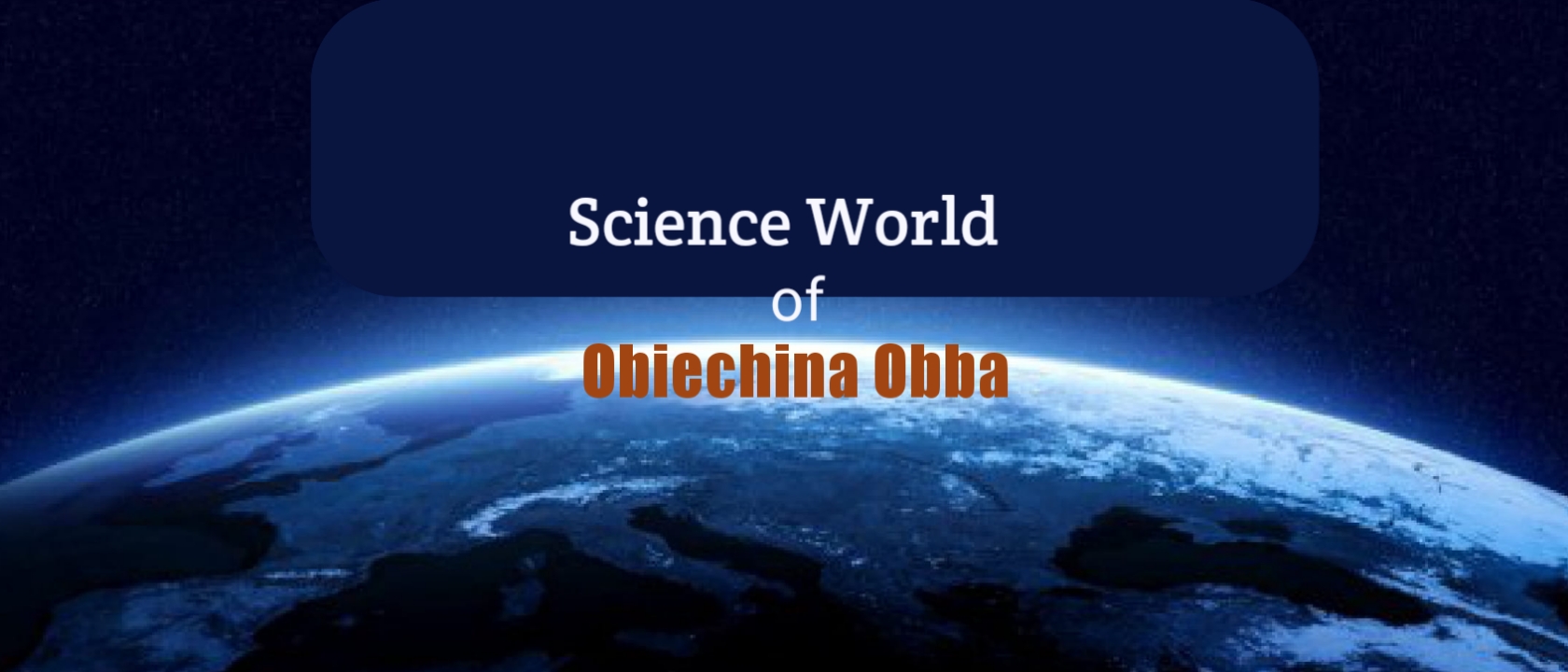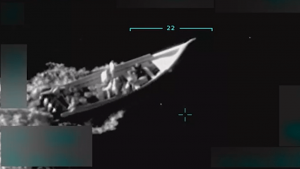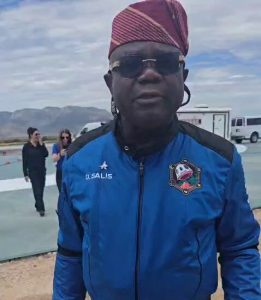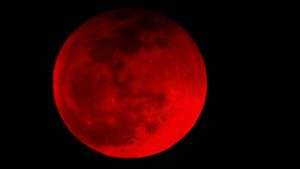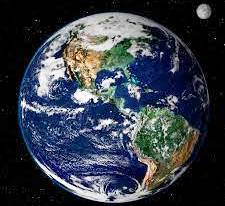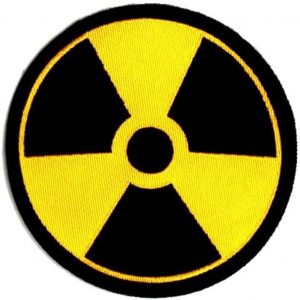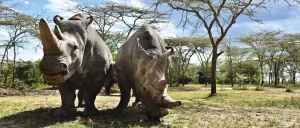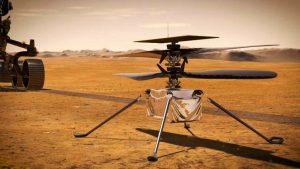Uncontrollable wildfire in Los Angeles, California, USA, in 2025.
It has not rained for over two years in the Horn of Africa and millions of people are at the verge of starvation there.
Flood, erosion, earthquake, tsunami, volcanic eruption, hurricane, severe

drought and famine are just some of the natural disasters that have either afflicted West Africa or have a real chance of striking.
At least half of Nigeria’s 36 states were submerged by flood water in September, 2022.
Higher than normal rainfall was predicted for the year and release of water from Lagdo Dam in neighbouring Cameroon, did not help matters.
The Federal Ministry of Humanitarian Affairs gave the death toll as 603.
The National Emergency Management Agency, NEMA, said 1.5 million people were displaced.
With the roads submerged, people were forced to use boats, not cars, to commute.
One of such boats carrying 85 people from Ossomala to Ogbakuba in Ogbaru Local Government Area of Anambra State, southeast Nigeria, capsized in Umunankwo village on 8 October, 2022.
Only nine people were rescued.
On 19 October, 2022 Pope Francis offered a special prayer for Nigeria.
In his Twitter handle, @Pontifex, he wrote: “Let us Pray Together for all who have lost their lives due to the violent flooding that has hit Nigeria, and for all those affected by this devastating calamity. May our solidarity, and the support of the international community, not be lacking.”
The US government donated one million dollars in aid to the victims.
Nigeria’s Ministry of Humanitarian Affairs said 45,249 houses were damaged while 70,566 hectares of farmland was completely destroyed.
Many people are already comparing the flood of 2022 to that of 2012 in Nigeria.
The flood of 2012 in Nigeria was the worst in the country’s history.
Official figures from NEMA put the death toll from the great floods of 2012 at 363.
A total of 2.1 million persons were displaced and 618,000 houses damaged, while schools, churches, mosques and open buildings were turned into emergency homes.
The loss to the nation was incalculable as schools were shut, offices closed and farmlands were submerged with livestock lost.
The heavy rain that year which started in early July and abated early November, 2012, was forecast by the Nigerian Meteorological Agency, NIMET.
NIMET is linked to the World Meteorological Organisation, WMO, and its weather satellites.
These satellites, using cameras operating in the infrared spectrum (1millimetre – 0.7 micrometre) and other devices can “see” storms, hurricanes, thunderstorms and rain clouds as they form.
With Global Positioning System (GPS) support, the Ground (Control) Station can accurately, based on the speed and direction of the storm from the images sent by the satellites, predict the areas that are in danger and what time they will be hit.
For a very long time, a common impression was that man’s venture into space is purely for ego reasons.
That was the case since the first human-made satellite, the Sputnik-1, was launched by the Russians on October 4, 1957 (the first American satellite is the Explorer-1, launched January 31, 1958).
The ordinary man, however, started feeling he has something to gain, other than ego, from space science after the launch of the first weather satellite, Tiros-1, with a payload of low-resolution television and infrared cameras in April, 1960, by America.
Today, weather forecasts are part of every news on radio and television as well as newspapers and other media around the world.
Lake Nyos, one of the only three volcanic lakes in the world, is in Nigeria’s neighbour, Cameroon (the other two are Lake Monoun also in Cameroon and Lake Kivu on the border between Congo DRC and Rwanda).
With the rains, the lake will be filled with water increasing its capacity to hold carbon dioxide.
Carbon dioxide gas dissolves in the (Nyos) lakes’ water and was released when it reached a critical limit in 1986, killing 1,700 people and other animals within 25-kilometre radius of the lake.
Carbon dioxide, being heavier than air, settles down by gravity, displacing normal air and suffocating everything that breathes.
In 2001, scientists started making attempts to degas the lake using electronic pumps that simulate an eruption.
This work is still on although with limited success.
When the water level is high, great flooding can be caused by Earth tremors and earthquakes.
Scientists working in Seismic Stations can now give warnings of an eruption as well as when an earthquake or tsunami is about to strike so that timely evacuations can be ordered, thereby saving lives.
Dredging silted rivers is another means of creating free-flowing channels for water to prevent flooding.
The River Niger was dredged last in 2019 from Baro to Warri at a cost of 36 billion naira.
Some experts have advocated dredging River Benue to Lokoja and River Niger from Baro in Niger State to the Atlantic Ocean to a minimum draught of 10 feet, as a solution.
The problem is that the River Niger breaks into many tributaries, like the human fingers, in the Niger Delta before emptying into the Atlantic Ocean, and dredging each will not be easy.
Also River Niger carries silt and other deposits into Nigeria and yearly, or more regular, dredging is a huge financial challenge to the government of Nigeria.
In disaster monitoring also, Earth observation satellites are invaluable as they take images which are useful in studies on floods, desertification, erosion, traffic and beach management.
Earth observation satellite images show the changing nature of the landscape, making emergency response planning easier.
Climate Change is real and COPs re-strategise a global approach to the problem.
Nigeria, on 28 September, 2022 inaugurated a National Climate Change Council.
On the political end, this Council will liaise with scientists in formulating policies towards reducing greenhouse gas emissions and promoting greener national economic growth.
With better funding, much more can be accomplished by scientists at the global level, including, perhaps, the so-called ambitious Star Wars programme where huge asteroids and other heavenly bodies coming towards Earth to shatter it, would be intercepted, deflected or even blown-up.
NASA’s Double Asteroid Redirection Test, DART, the first such experiment, successfully deflected the asteroid Dimorphos when it was intentionally crashed into it, millions of kilometres away, on 27 September, 2022, showing that such a programme is possible.
